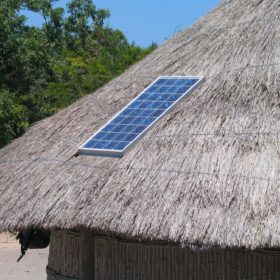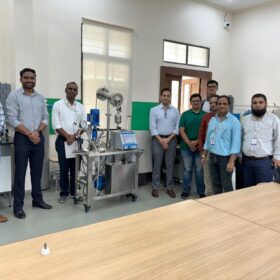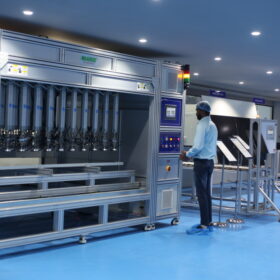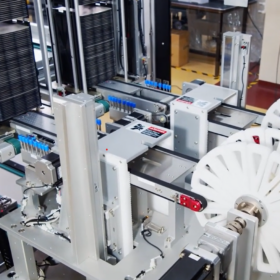Coal India tenders 100 MW solar projects in Chattisgarh
The projects—to be developed in ‘Capex’ mode—are part of the coal producer’s planned solar capacity of around 3 GW to emerge as a net zero energy company. Bidding closes on November 25.
Goa to replace traditional clay tiles with solar ones
State energy minister Nilesh Cabral says householders will be offered the chance to reduce energy bills without any upfront cost by leasing roofspace to installers as part of plans to add 15 MW of solar capacity in Goa by March.
French consortium develops hybrid storage and co-generation system
The Smart Energy Hub can operate in electrolysis mode to store renewable energy as hydrogen, or in fuel cell mode to produce electricity and heat from previously produced hydrogen or methane. Its developers are the French Alternative Energies and Atomic Energy Commission and start-up Sylfen.
Gujarat solar capacity just shy of 2.7 GW
The state this week raised its clean energy ambition to 30 GW of generation capacity within three years as figures showed ground-mounted solar is expanding at a faster rate than rooftop installations.
EPC provider SunAlpha Energy launches easy EMI finance for rooftop solar
The company aims to enable 1000 homes and businesses with rooftop plants during the initial launch of this scheme that provides EMI options of 12, 18, 24 and 36 months.
Off-grid solar sector witnesses sales of 4.1 million products in six months
Industry body Gogla and the World Bank’s Lighting Global program said the last six months set a record for off-grid solar deployment. Solar home systems and other small off-grid appliances are being used in ever larger numbers.
BHEL tenders for operations and maintenance of 50 MW solar plant in Madhya Pradesh
November 4 is the last date to bid for the NTPC Mandsaur plant, which uses 40 numbers of 1250 KW grid-interactive power conditioning units (inverters).
Closing the information gap will drive rooftop solar, says Freyr Energy
Up to 70% of prospective customers have shied away from owning a rooftop solar system due to lack of readily available information on how to assess various solar options, says Saurabh Marda, co-founder and managing director of Freyr Energy – a Hyderabad-based rooftop solar firm that has completed over 1200 installations in just 5 years since inception in 2014.
NTPC tenders BOS for 90 MW solar project in Rajasthan
November 21 is the last date to bid for the solar capacity which shall come up at NTPC’s Anta project in Baran district. Bids must be accompanied with Rs 20 million as bank guarantee.
Commercial rooftops will lead renewables growth in the next five years
Although the International Energy Agency’s latest renewables report forecasts impressive solar growth there is still a nagging feeling it has produced conservative estimates and the emphasis on sharing costs with grid operators is predictable.














